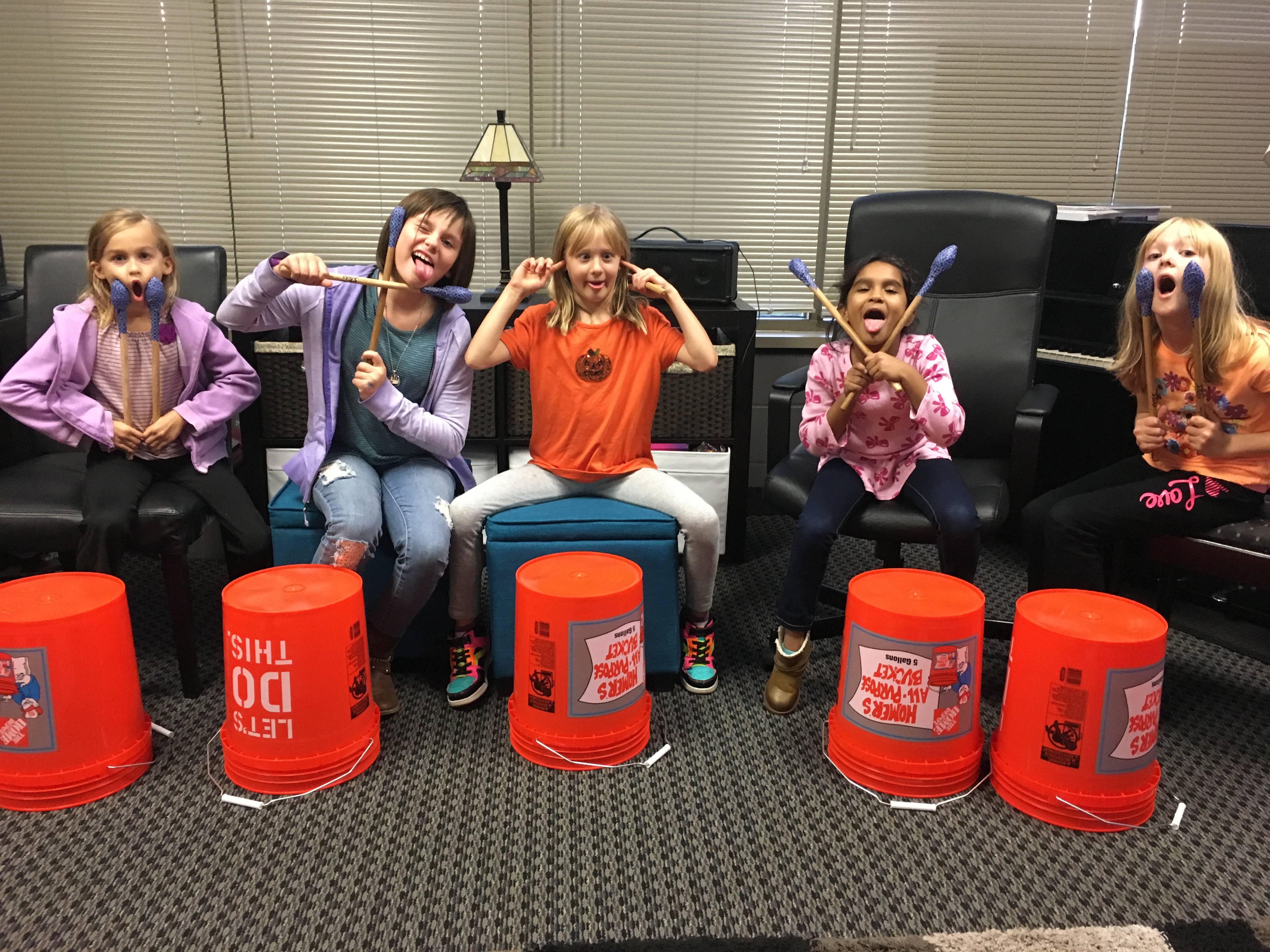

It also employs solar technology and wind turbines to produce energy. The school is a net-zero building, meaning it produces as much energy as it consumes, using a variety of geothermal techniques to conserve energy, including rain-water collection, gray-water harvesting, natural daylight in classrooms, and geothermal heat pumps. “The classroom environment is supposed to be about interaction.” ‘A Living Laboratory’Īt Lady Bird Johnson Middle School, which opened in August 2011 in the fast-growing Irving Independent School District in Texas, the 950 students have firsthand experience with technology-enhanced project-based learning. Zaiser, a partner at KSS Architects, who manages the company’s Philadelphia office. “The current challenge is that we’re seeing and pushing schools to move away from the kind of classic, spreadsheet layout, particularly when you get into the higher grades,” says David M.

Other school building experts echo Christopher. More than anything, schools need to get away from designs that encourage putting students in desks in rows in isolated classrooms, he says. Gaylaird Christopher, the president of Architecture for Education, a Pasadena, Calif.-based firm that works on school building projects, says even though districts are working under tight budgets, many are trying to be ambitious and creative in changing how schools are designed to meet the needs of a generation of students who expect high-quality digital environments. Lady Bird Johnson Middle School in Irving, Texas, houses wind turbines and solar panels, among other features. That new look puts a high priority on small-group work, use of mobile devices, and project-based digital learning.Įven though not all districts are constructing new buildings, experts say many of the same principles can be applied to existing buildings. The Marysville Getchell High School campus outside Seattle, a complex of four small high schools built in 2010, features flexible learning spaces that can accommodate small classes or big groups and a mix of interactive learning technologies.Īs school districts plan and design new buildings, a philosophical shift in how learning environments look is happening, fueled largely by technological advancements and a belief that classrooms should be more interactive and mirror the workplaces of today and the future. In Woodbury, Minn., technology-rich classrooms are grouped into small learning communities of nine classrooms each, with a learning-resource center for each pod intended for collaborative work. High school students in Irving, Texas, are using a mix of digital tools to learn about sustainable energy in their new “net zero” school building, which produces as much energy as it consumes.


 0 kommentar(er)
0 kommentar(er)
